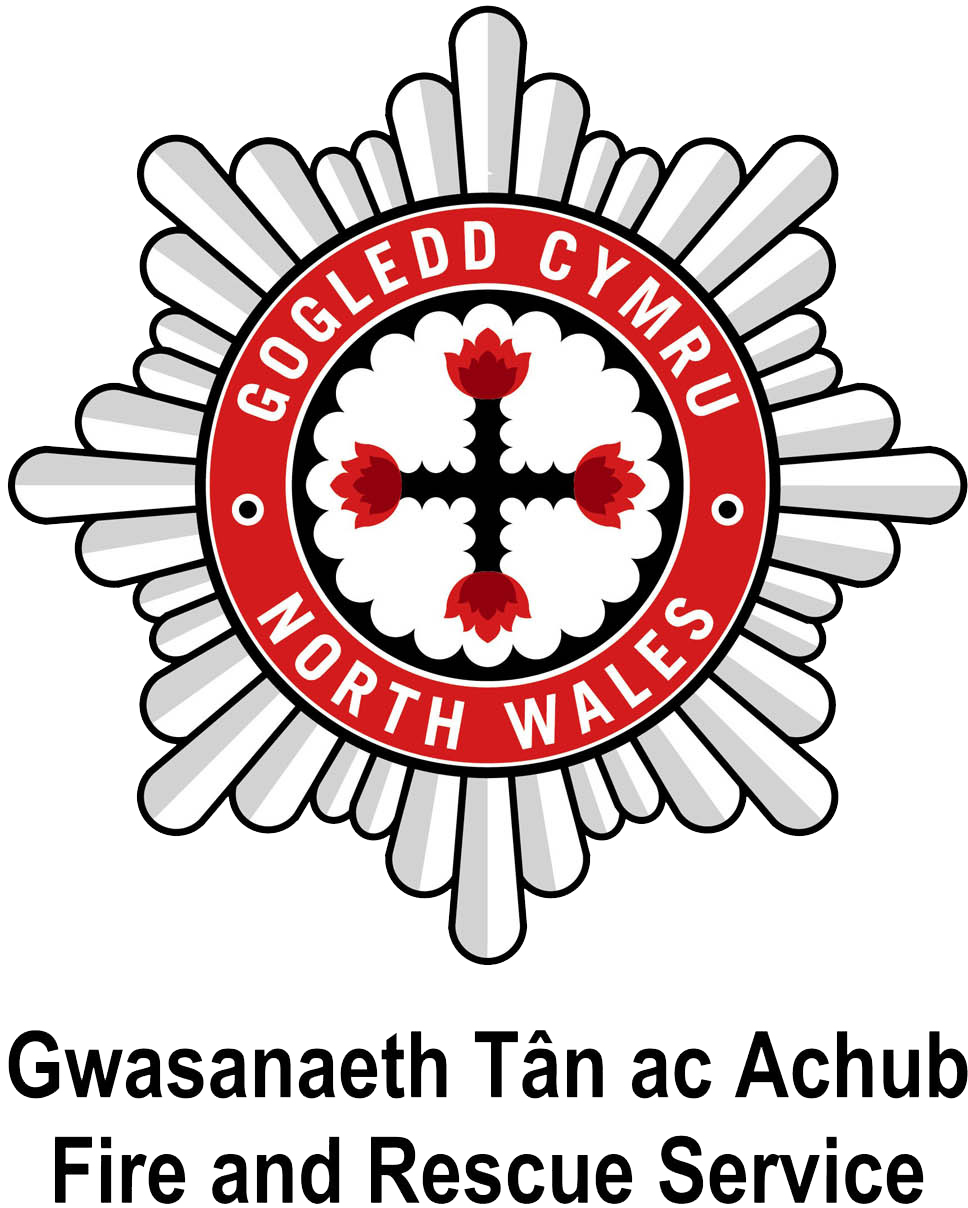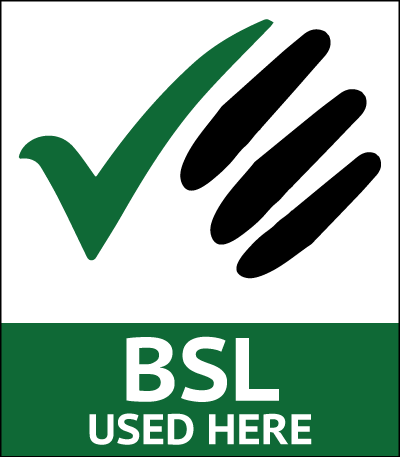Staff Training - What Should be Included
Under the Regulatory Reform (Fire Safety) Order 2005 (FSO) Article 21-(1) 'The responsible person must ensure that his employees are provided with adequate safety training-'
The Communities and Local Government Guides issued to help with fire risk assessing under the FSO gives guidance on the content of fire training;
What should be included
Your staff training should include the following:
• what to do on discovering a fire;
• how to raise the alarm and what happens then;
• what to do upon hearing the fire alarm;
• the procedures for alerting guest, residents and visitors including, where appropriate, directing them to exits;
• the evacuation procedures for everyone to reach an assembly point at a place of total safety;
• the location and, when appropriate, the use of fire fighting equipment;
• the location of escape routes, especially those not in regular use;
• how to open all emergency exit doors;
• the importance of keeping fire doors closed to prevent the spread of fire, heat and smoke;
• where appropriate, how to stop machines and processes and isolate power supplies in the event of a fire;
• the reason for not using lifts (except those specifically installed or nominated, following a suitable fire risk assessment);
• the safe use of and risks from storing or working with highly flammable and explosive substances; and
• the importance of general fire safety, which includes good housekeeping.
(taken from the Sleeping Accommodation Guide - other sector guides may vary slightly).
These seem to be common sense, and in smaller less complicated premises this can be relatively straight forward, in more complex buildings, dealing with hazardous materials or concerning more vulnerable 'relevant persons' then different approaches may be required.
Checklist for Responsible persons
Some questions that the 'Responsible person' could use as a checklist to ensure the arrangements are adequate are:
• Have you told your staff about the emergency plan, including the identity of people you have nominated to do a particular task?
• Have you informed residents and guests about what to do in an emergency?
• Have you given staff information about any dangerous substances?
• Do you have arrangements for informing temporary or agency staff?
• Do you have arrangements for informing other employers whose staff are guest workers in your premises, such as maintenance contractors and cleaners?
• Have you co-ordinated your fire safety arrangements with other responsible people and with any contractors in the building?
• Have you recorded details of any information or instructions you have given and the details of any arrangements for co-operation and co-ordination with others?
• Are the arrangements for calling the fire and rescue service adequate?
Site Specific Training
In answering the above questions it is inherent that the training needs to be site specific. Some generic training can be given with regard to fire characteristics and behaviour however the emergency plan needs to take into account the layout of the building, the hazards present and the nature of the relevant persons. e.g. the evacuation plans for a 3 storey nursing home will vary considerably to that of a single storey office block. Accordingly the type and frequency of staff training will vary, with the greater the risk requiring a more robust form and frequency of training and fire drills.
Additional Training
All the staff identified in your emergency action plan that have a supervisory role, in the event of a fire (e.g. heads of department, fire marshals or wardens and, in complex premises, fire parties or teams), should be given details of your fire risk assessment and receive additional training.
These additional roles may include:
- helping those on the premises to leave;
- checking the premises to ensure everyone has left;
- using firefighting equipment if safe to do so;
- liaising with the fire and rescue service on arrival;
- shutting down vital or dangerous equipment; and
- performing a supervisory/managing role in any situation.
Additional training may then include (depending on your risk assessment and emergency action plan):
- detailed knowledge of the fire safety strategy of the premises;
- awareness of human behaviour in fires;
- how to encourage others to use the most appropriate escape route;
- how to search safely and recognise areas that are unsafe to enter;
- the difficulties that some people, particularly if disabled, may have in escaping and any special evacuation arrangements that have been pre-planned;
- additional training in the use of firefighting equipment specific to the premises;
- an understanding of the purpose of any fixed firefighting equipment such as sprinklers or gas flooding systems; and
- reporting of faults, incidents and near misses.
Fire Drills
Fire drills are not only important in identifying any weaknesses in the emergency action plan they can be used in the training function. Putting the theory into practice helps the participants to visualise and experience emergency episodes, especially when various scenarios are used.
Well planned and executed fire drills can also confirm the understanding of any training received, and provide helpful information for future training.
Fire drills should be carried out at least annually, or as determined by your risk assessment - a high staff turnover may suggest more often.
Detailed information on fire drills and test evacuations can be found in BS5588-12.

